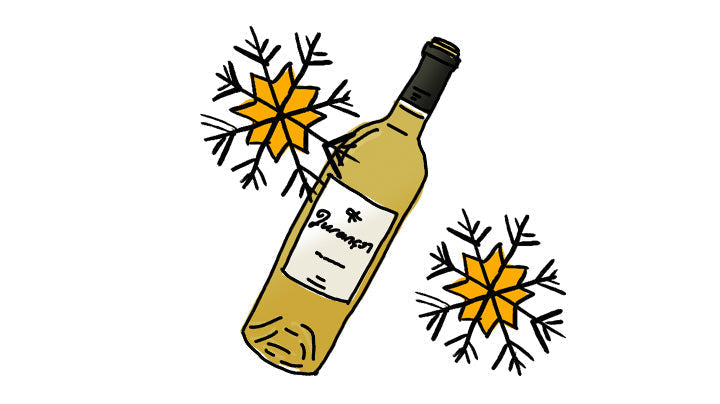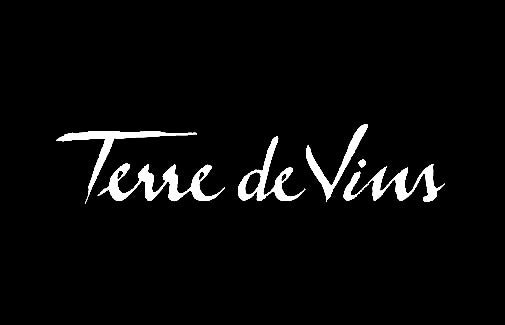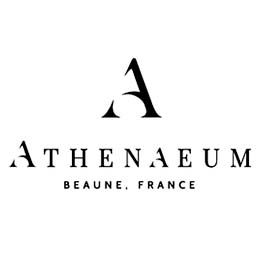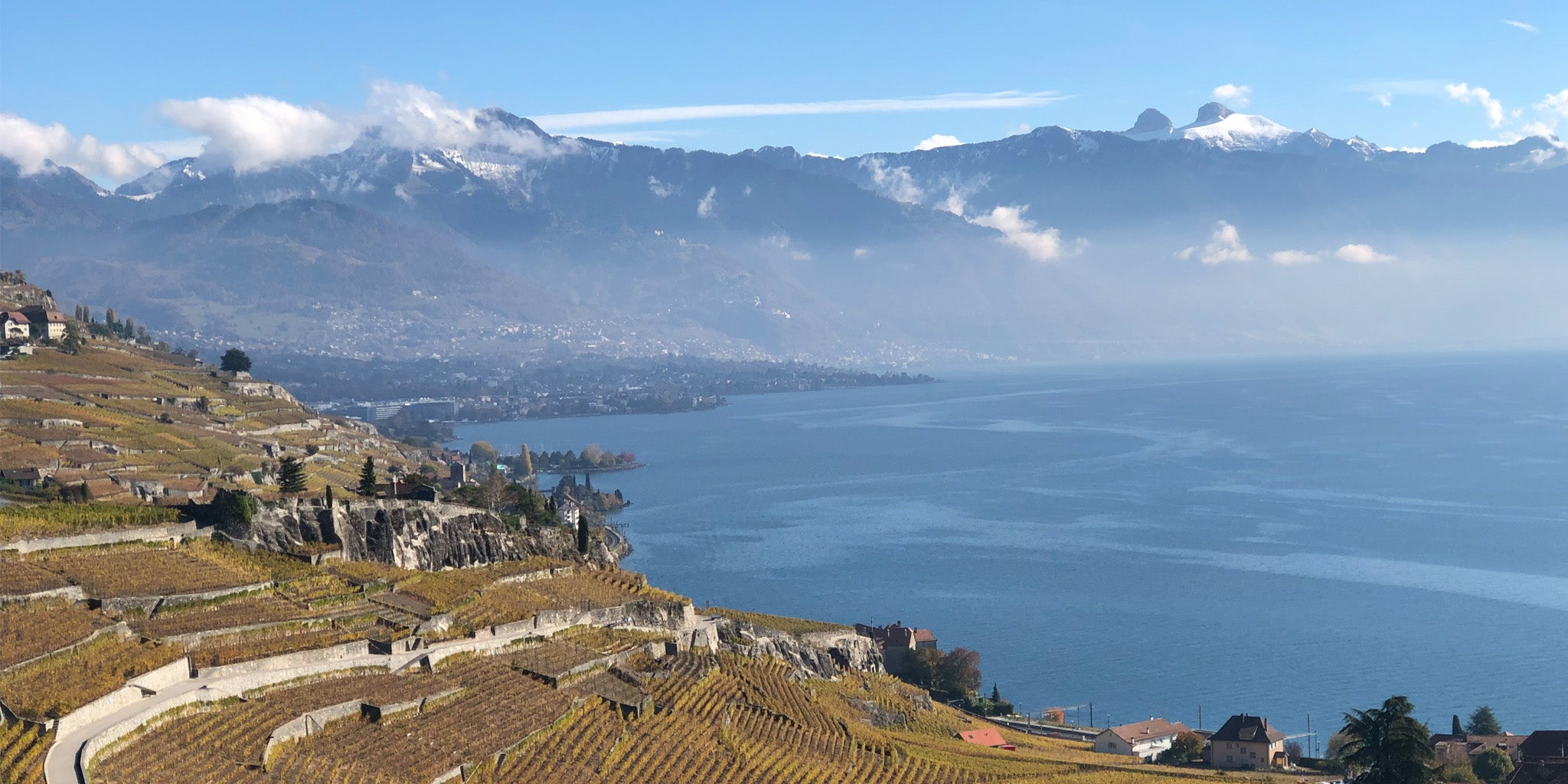What is Cava?
Cava DO (Denominación de Origen) is a designation of origin for sparkling wine produced in Spain, primarily in the Catalonia region, around Penedès.
Cava is produced using the traditional method, or méthode champenoise, which involves a secondary fermentation in the bottle to create its signature bubbles.
Cava DO is usually a blend of the traditional macabeo, parellada, and xarel-lo white grape varieties, as well as the international chardonnay.
Most Cava DO are white, Brut in style, with medium (+) acidity, medium body and alcohol. It show citrus and herbal aromas, with autolytic notes (biscuit) from lees ageing. Xarel-lo in particularly brings distinctive gooseberry and fennel aromas.
Cava Rosado DO is the fruity rosé version of Cava. It is often produced from garnacha, monastrell, pinot noir and trepat, using the short maceration technique.
What are the categories of Cava?
The categories of Cava are:
- Cava (9 months ageing)
- Cava Reserva (18 months ageing)
- Cava Gran Reserva (30 months ageing)
- Cava de Paraje Calificado (36 months ageing)
What is Cava de Paraje Calificado?
Cava de Paraje Calificado is a recent category for top Cava wines. This is the strictest category. The requirements are:
- vines of at least 10 years old
- grapes harvested by hand
- maximum yield of 8 000 kg/ha
- must be produced and bottled on site
- only one vintage
- maximum 48 hl/ha
- minimum 36 months ageing
- Brut or lower
Only a few producers have made it to this category. Examples include Codorniú, Alta Alella and Can Sala.
Overall, Cava DO is known for its high-quality sparkling wines at an affordable price point, and is a popular alternative to Champagne and other traditional method sparkling wines. Freixenet is an important producer.














